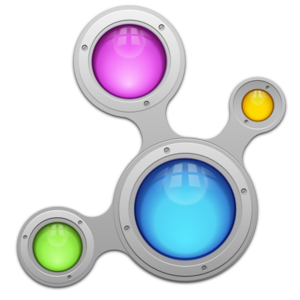As said by the title of my last post, one of the things that we are trying to do with Active is “humanizing electrons”… make devices behave how people think instead of making people think like the implementation details behave.
To do that, it is necessary to phase out or better, demote and have in a less prominent way some of the concepts that always been with us, but not because they were good, because for tone technical reason or another 20 years ago we were forced to do this way.
Here we aren’t forced to follow the legacy, and the acquired skills that limit what can be changed on the desktop, on this kind of devices we have almost no legacy. (don’t worry, there won’t be a fresh start in the desktop, only continuous evolutionary changes)
- Why I have to care what is a “file” and what it isn’t aren’t pieces of information all the same? i couldn’t care less if a contact or a bookmark are stored in a different way than a pdf.
- Why I have to organize my things in a weird tree structure, data type that in the human brain simply doesn’t compute?
- Why I see arcane names like /usr, /etc and /dev that are simply pointless in my day to day work?
- Why if i subdivide my files by project, a file can’t be in two projects unless i do a copy that will go out of sync?
- I want to be able to annotate every thing, to be able to remind me what this is about and why is there (informations that would be unwanted in the file itself tough)
- Why if the mail application has informations about a contact, this information is buried in this application and everything else can’t have it?

This list could go on for many more points, but i think the concept is clear: while tools like the filesystem are awesome if well used, but aren’t enough anymore for the amount of data nowdays (yes i know, there will always be people that won’t need this, but this is true for any tool in existence).
In Plasma Active we base our graphical representation as much as possible on activities and on what “things” belong to an activity.
We try to make as less difference as possible between what is a file and what it isn’t.
This was only possible because one of the pillars of KDE: Nepomuk.
Nepomuk provides a metadata storage that is abstract enough to do almost everything you please with it. Everything can be a resource: being files, contacts, urls, places or activities. And everything can be related to everything, and here we have things related to activities, or between themselves (who sent to me this file as attachment?)
Sadly, in the desktop is still not used much, apart some pieces of ui to expose its features here and there (good news, getting better here too), but as Plasma Active shows, if the whole UX has its capabilities as the foundation, it can change the way the device is used in a way that surely wouldn’t be possible without it 😉
Another good news, is that while some pieces of Plasma Active are specific of a device UX, some other parts, like the enhancements to the activity manager are shared with the desktop, so should be easy to expect some of those features, like an UI for connection between resources and activities soon in the desktop as well.





 What didn’t change is my (ours) certainty on the goodness of the KDE platform, even when seemed a weight for some, it’s an amazing toolbox that I know it will be there in the whole device spectrum, giving not only a consistency in look and feel and behavior for the user, but also for the developer.
What didn’t change is my (ours) certainty on the goodness of the KDE platform, even when seemed a weight for some, it’s an amazing toolbox that I know it will be there in the whole device spectrum, giving not only a consistency in look and feel and behavior for the user, but also for the developer.